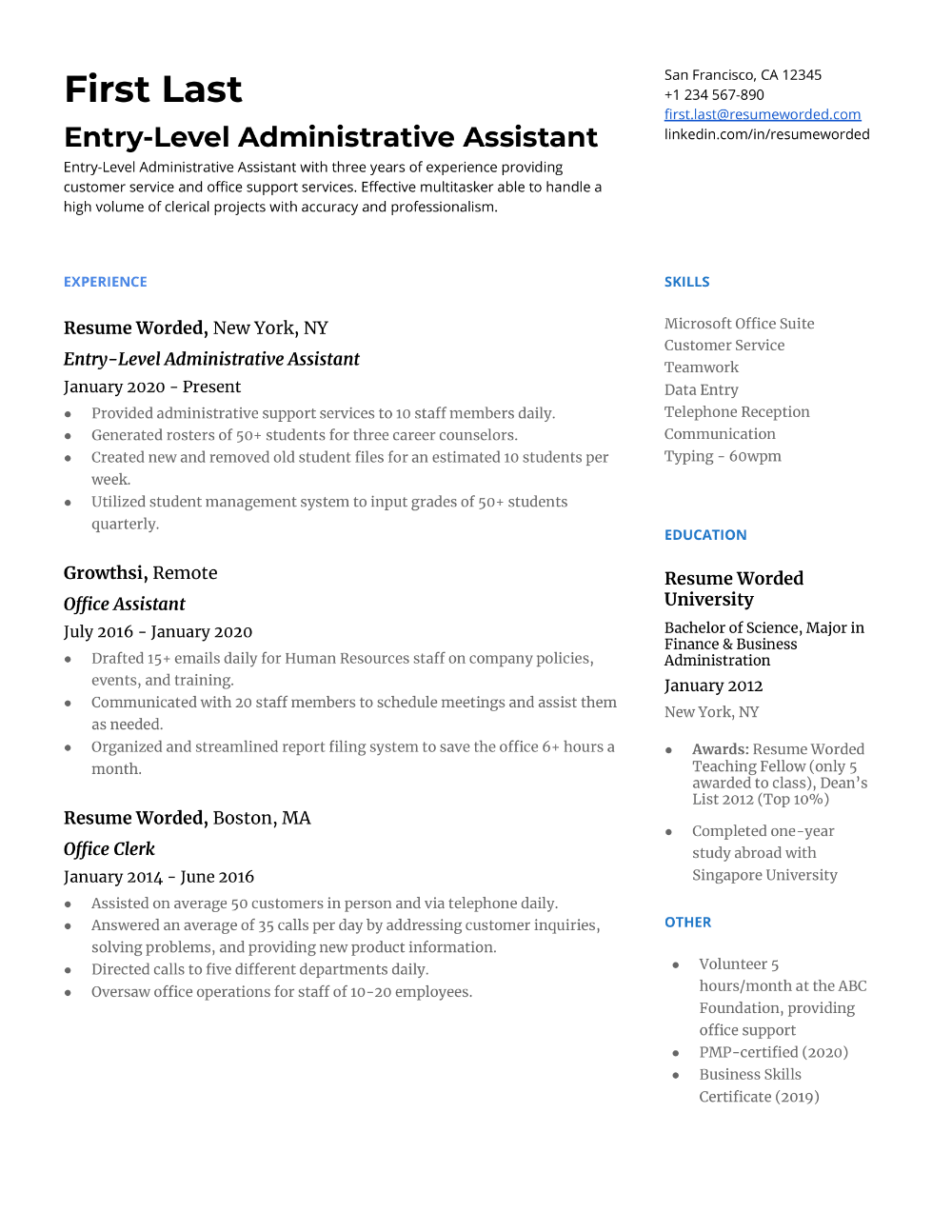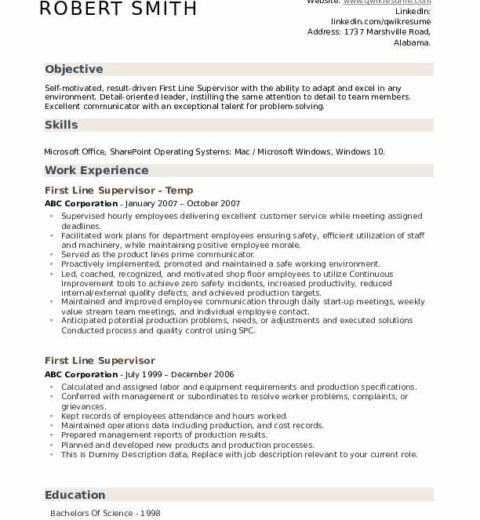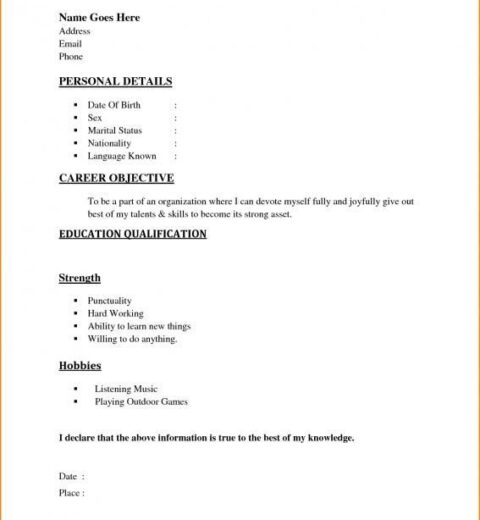Crafting a resume can feel akin to sculpting a statue from a block of marble. The raw material is there, but it requires meticulous chiseling to reveal the masterpiece underneath. For those embarking on their professional journey, the lack of experience often feels like working with a raw stone, seemingly devoid of features that can catch an employer’s eye. However, with the right approach, even the most unpolished resume can shine brightly, presenting a unique narrative that captivates the reader.
The first step in this transformative process is to embrace the notion that everyone begins somewhere. Understanding that your resume is a canvas provides an intriguing perspective. While it may lack specific job titles and extensive work history, it can still showcase your inherent potential and the qualities that make you a valuable candidate. Thus, the journey of resume writing begins with an honest introspection of your skills, achievements, and aspirations.
Start with your contact information. This section, while straightforward, is your first opportunity to present yourself professionally. Include your name prominently at the top, followed by your phone number, email address, and, if relevant, a link to a professional online profile or portfolio. This is akin to presenting the title of your sculpture; it sets the stage for what is to follow.
Next, the objective statement or summary becomes crucial, especially for those lacking experience. In a world where first impressions are made within seconds, a compelling summary encapsulates who you are and what you aspire to achieve. This miniature manifesto should be concise yet potent, spotlighting your commitment to learning and enthusiasm for the position you desire. It acts as the introduction to your application, enticing readers to delve deeper into your qualifications.
Now, let us pivot to the experience section—often considered the heart of a resume. However, if this section appears bare due to a lack of traditional work history, fear not. Transform this section by emphasizing relevant experiences that indirectly relate to the job you are pursuing. Venue your involvement in volunteer work, internships, or significant projects during your education. These experiences constitute the veins of your professional narrative, demonstrating how you honed your skills outside a conventional workplace.
In addition, consider including a section highlighting relevant coursework or projects, particularly if you are a recent graduate. Here, you can showcase specific academic achievements, collaborative projects, or research initiatives that align with the desired role. This academic credence functions similarly to a signature on a painting, signifying authenticity and talent.
Another vital component of your resume is the skill set. This section acts as your toolbelt, showcasing the implements you wield in your professional toolkit. Be particular and strategic; focus on soft skills such as communication, teamwork, and problem-solving which are highly valued by employers, alongside hard skills relevant to the position. Utilize bullet points for clarity, and consider incorporating keywords from the job description to ensure your resume resonates with applicant tracking systems and hiring managers alike.
Incorporating accomplishments, however small, can further bolster your resume. This could be a timely project completion, a successful class presentation, or even maintaining a high GPA. Quantify these achievements wherever possible, as numbers often lend credence and intrigue. For instance, mention if you led a team of five in a project that yielded a specific improvement percentage. Just as an artist would capture fine details to contribute to the overall aesthetic, these distinctions breathe life into your resume.
Furthermore, if you possess any certifications or relevant online course completions, designate a section for these accomplishments as well. In an ever-evolving job market, showcasing your commitment to continuous learning can set you apart from other candidates. Highlight any industry-standard certifications or skills acquired through platforms like Coursera or Udemy. These credentials exemplify proactive learning, embodying the spirit of an aspiring professional ready to engage with the challenges of the workplace.
As the final details emerge, remember the importance of layout and design. While content reigns supreme, presentation should not be neglected. Opt for a clean, professional format that enhances readability. Utilize clear headings, ample white space, and a visually appealing font. Much like how a frame accentuates a painting, the right presentation can amplify the impact of your resume.
Before sending off your masterpiece into the world of job applications, meticulous proofreading is essential. Typos and grammatical errors can undermine your professionalism and credibility. Seek out a pair of fresh eyes to review your resume, ensuring that it is error-free and polished. Like a curator inspecting art before a gallery exhibition, this final examination can make all the difference.
In conclusion, writing a resume with no experience is an endeavor that requires creativity and thoughtful reflection. By focusing on transferable skills, academic achievements, relevant experiences, and a polished presentation, you can craft a compelling narrative that invites exploration. Just remember, a resume is not merely a list of past experiences; it is a representation of your potential, your aspirations, and your unique story waiting to unfold in the professional realm. As you chip away at the uncertainties and carve out your path, your resume will evolve into a beacon of opportunity, illuminating the way forward.




